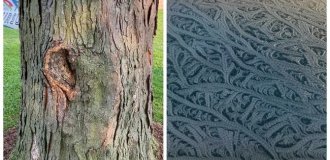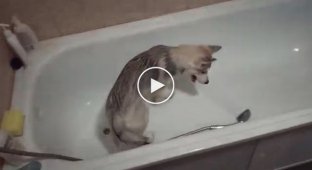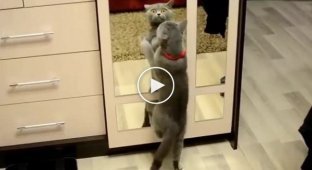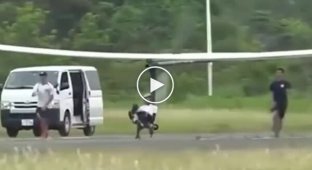Gampr: the Armenian Terminator, one of the most powerful dog breeds in the world (9 photos)
Since time immemorial, in the harsh Caucasus Mountains, where the wind tears apart the clouds and wears away the age-old rocks, man has never stood alone. A gampr has always walked beside him. It doesn't ask for affection, doesn't seek spectators or approval. Its job is to be the boundary between safety and chaos. It will rush without hesitation at a wolf pack and give its life to protect its master, but it will never serve or indulge foolish commands. 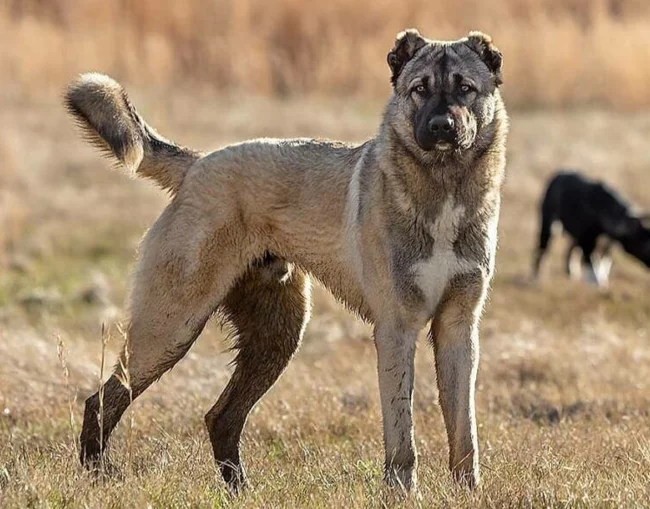
Sorry. I didn't do anything, but looking at you, I wanted to apologize just in case.
When you first see a Gampr, or Armenian Wolfhound, the first thing that catches your eye isn't just its size, but its demeanor. It never fusses when greeting a stranger, doesn't rush toward them with affection, or barks hysterically. It seems to do nothing at all, just stand and stare—but that intense gaze doesn't allow you to even move. It's appraising, scrutinizing. Make even one false move, and the dog will be at your side in a single bound. Despite its impressive size—up to 75 kilograms in weight and up to 80 centimeters at the withers—the Gampr moves easily and smoothly, yet the power of steely muscles is evident in every step. 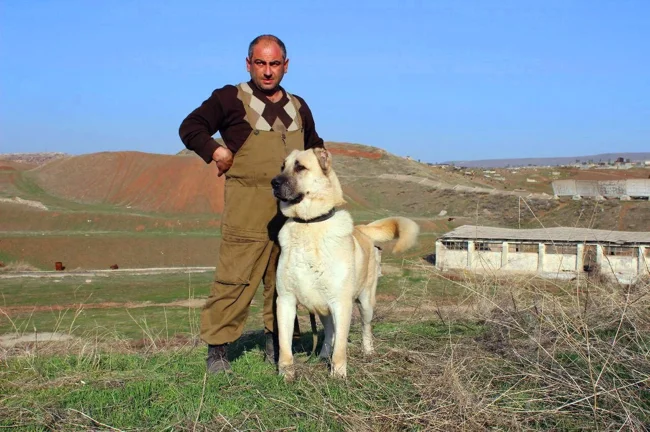
Don't worry, my dog doesn't bite! He'll eat a bad person right away!
The Caucasus and the Armenian Highlands are not just the Gampr's birthplace, but the breed's forge of character. For 4,000 years, dogs have existed on the border between civilization and the wild: endless cliffs, long, frosty winters, and wild predators. Only the most resilient, intelligent, and healthy animals have survived in these conditions. Humans have had little to do with the breed—natural selection has led to its development, which is why these dogs are now considered indigenous. 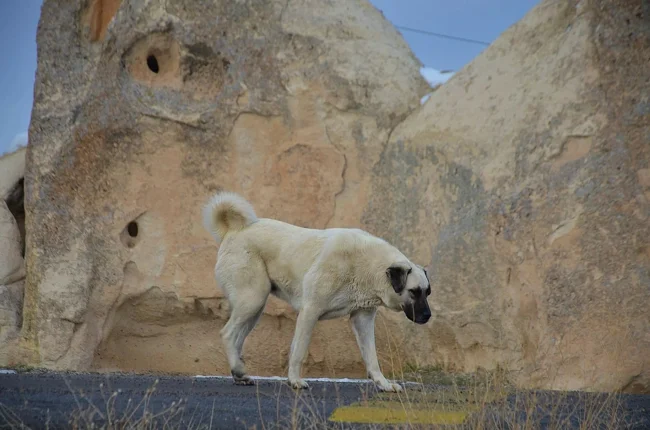
As unshakable and strong as the rocks that surround it.
Sometimes the selection was almost too natural: at the dawn of their development, gamprs were crossed with wolves, which further strengthened their spirit and health. It is said that in remote regions, such crossbreeding continues to this day—to produce the best stock for work. 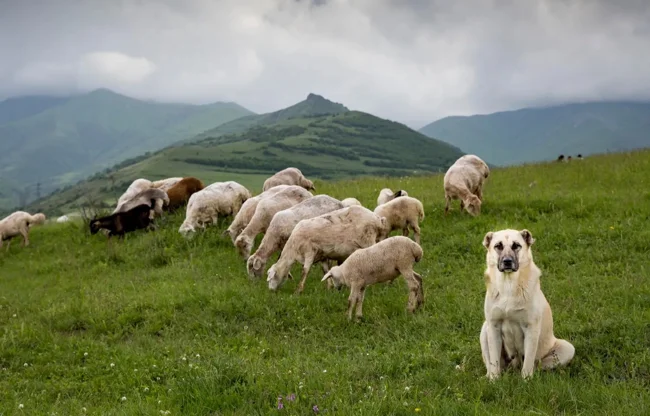
If anyone touches the herd, someone else will be killed.
Wolfhounds have two main roles: protecting the herd from wolves and bears and guarding the yard from intruders. Herding Gamprs are slightly lighter and shorter than guard Gamprs. The latter are much more massive and more wary of strangers. However, the natives don't have strict standards. They were formally accepted in 2011, but Gamprs are recognized not by the shape of their ears or the angle of their shoulders, but by their combination of endurance, intelligence, and confident calm. 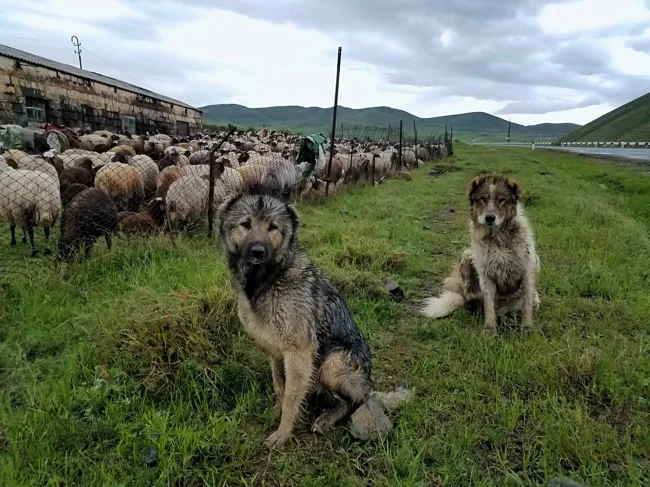
We're not evil, we just work 24/7!
Both varieties have one thing in common: extreme independence and the ability to act without orders. Gamprs don't wait for human commands or rely on human assistance. They assess the situation independently, noticing the smallest details inaccessible to us: wind direction, the animal's posture, the owner's tone of voice. If there's even the slightest risk, a wolfhound will spring into action and defend its territory, even at the cost of its life. 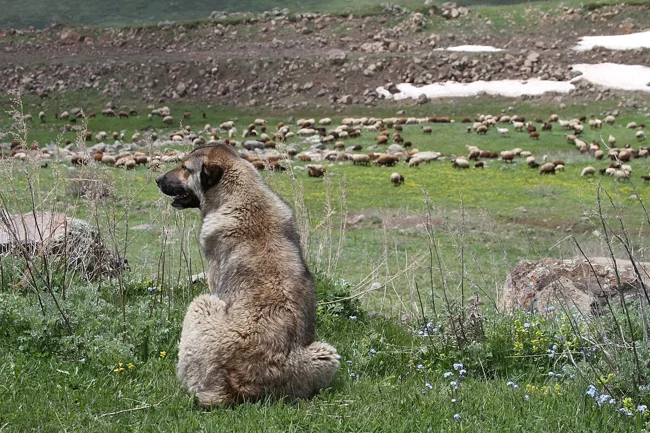
Wolf detector activated. No predator will get through!
The Gampr's guarding behavior is completely unfazed. It doesn't rush into attack with a menacing bark, like a German Shepherd would. Like a wild animal, it studies the threat, watches, and weighs its strength. Often, it doesn't even reach the point of a growl; a simple show of force is enough. And believe me, the sight of an angry Gampr immediately discourages any further provocation. But if a wolfhound decides to use force, it will be virtually impossible to stop it. 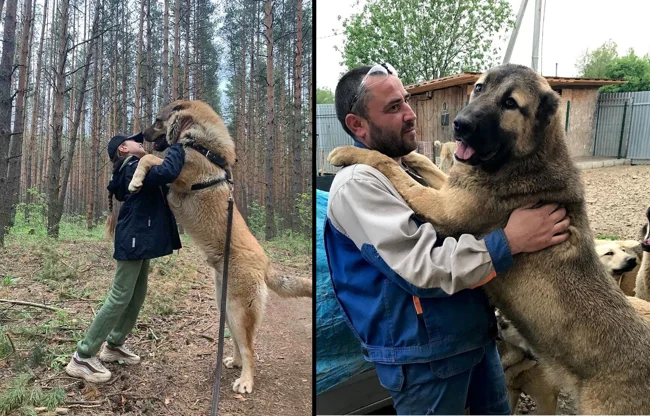
Their love is also unstoppable!
That's why a Gampr shouldn't be kept simply as a companion, a toy, or a "just in case" guard dog. This is a dog that requires a great deal of attention and work. A wolfhound doesn't need an owner at the other end of a leash, but an equal partner whom it will respect and listen to. It needs a strong and firm, but not cruel, hand. That's why experienced dog handlers call them "not a breed for everyone"—these dogs possess too much intelligence, instinct, and ancient freedom to be simply someone's pet. And the city is too cramped for them: even the most loving owner can't replace the snowy peaks of the mountains. 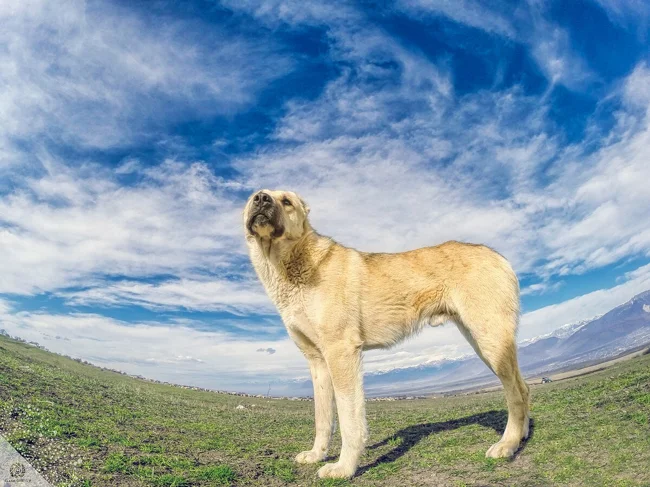
The sky above, the mountains all around. Who would trade such conditions for the four walls of a Khrushchev-era apartment?
Today, Gamprs live where their strength is truly needed: on farms, in security services, and in their homeland, where space and a flock of sheep give their lives meaning. They thrive in the wild, free-roaming fields. Even without a warm shelter, these animals won't freeze in the snow or get wet in the rain: their thick, double wool has protected them from any weather for centuries. 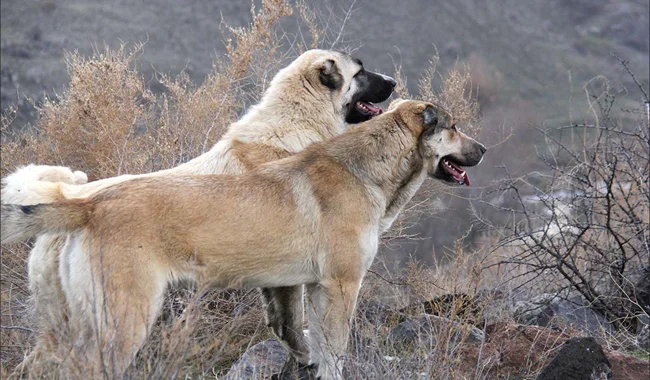
They're keeping a sharp eye.
In Armenian culture, the Gampr has long transcended the concept of "breed"—it's an image woven into the fabric of folk memory. Proverbs and songs are composed about him, where the formidable wolfhound symbolizes loyalty, strength, and honor that transcends fear. For Armenians, this dog is not just a guard dog, but a true keeper of the home, the embodiment of courage and resilience—the qualities that helped the people survive among mountains and empires.









